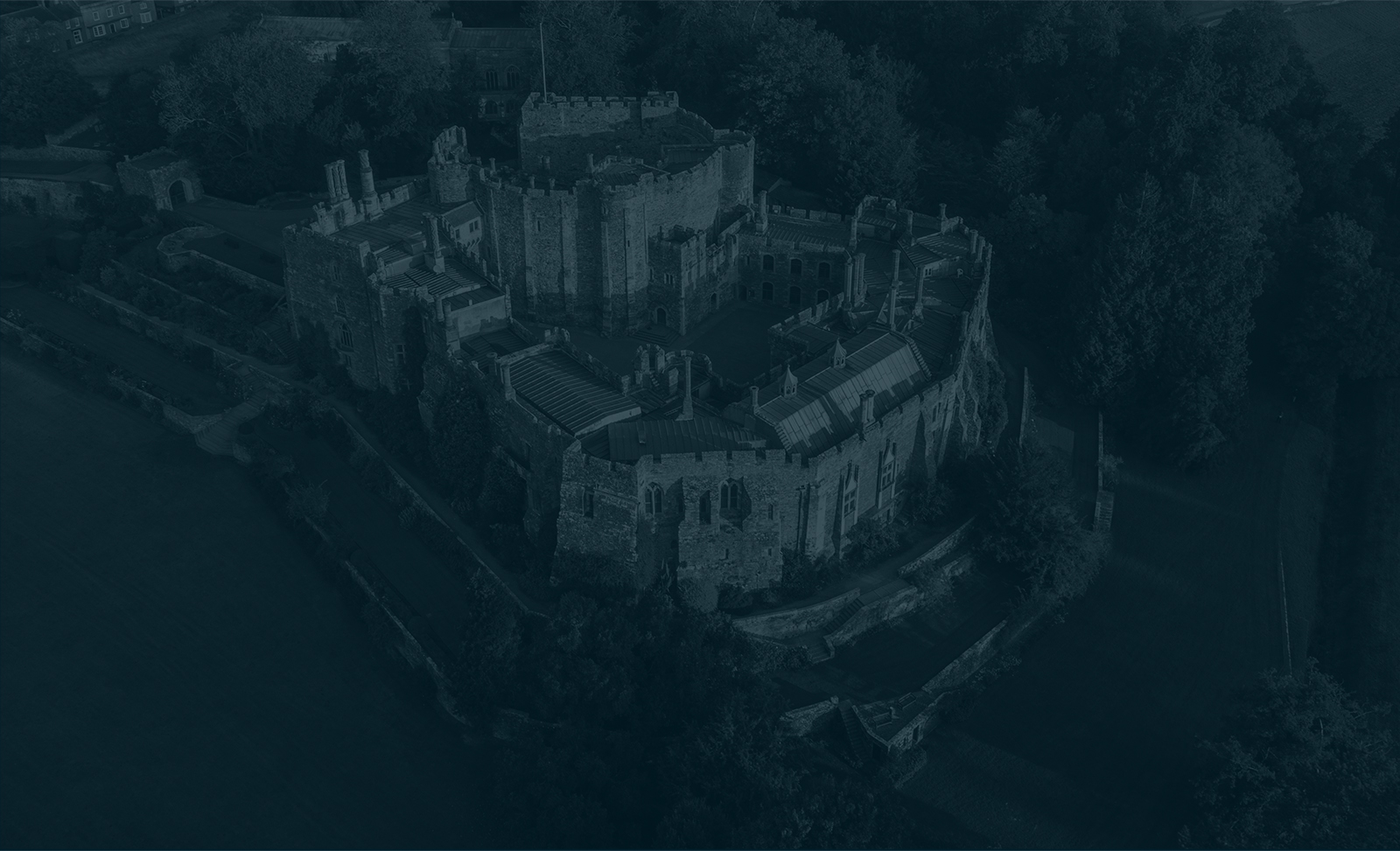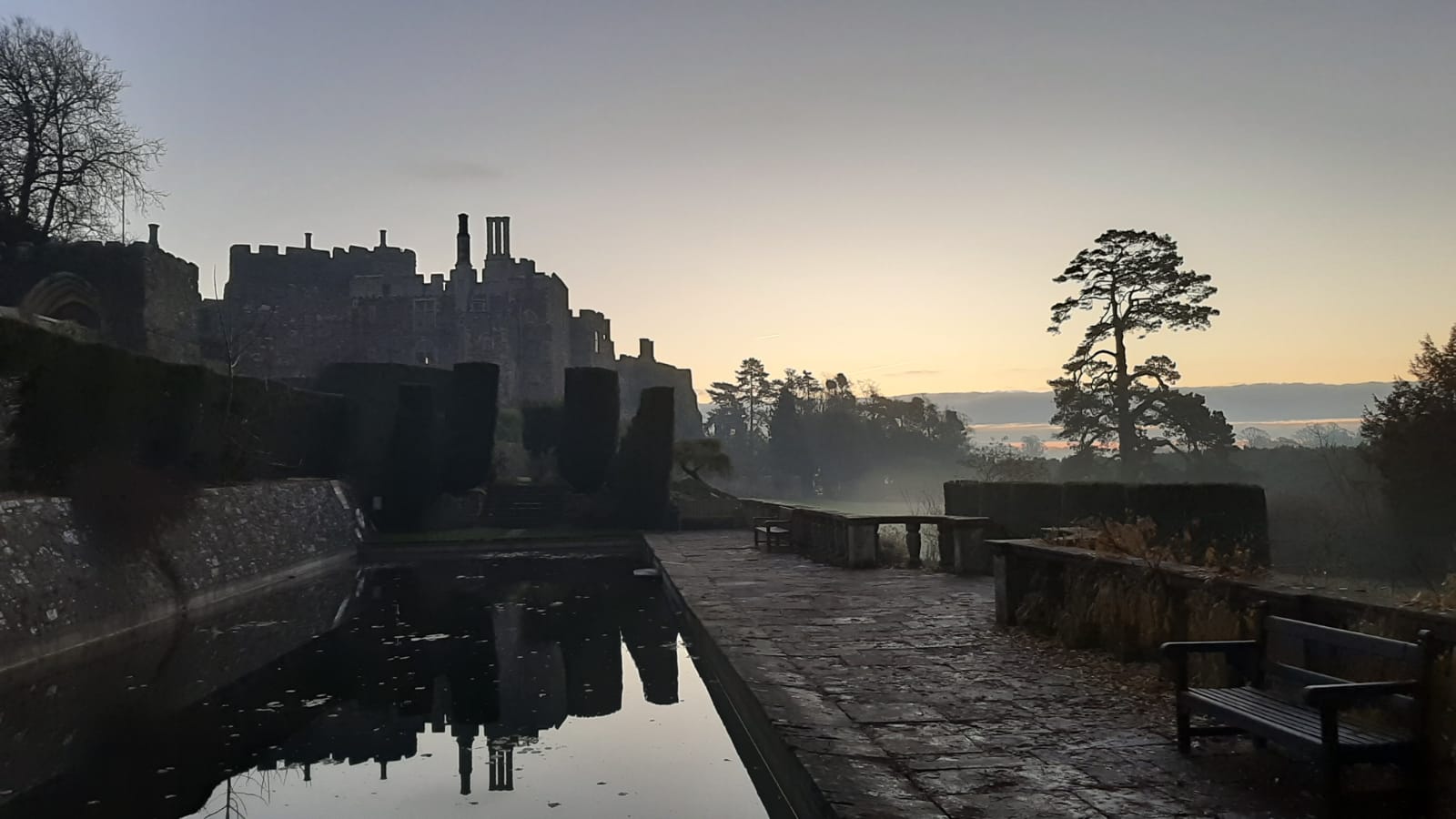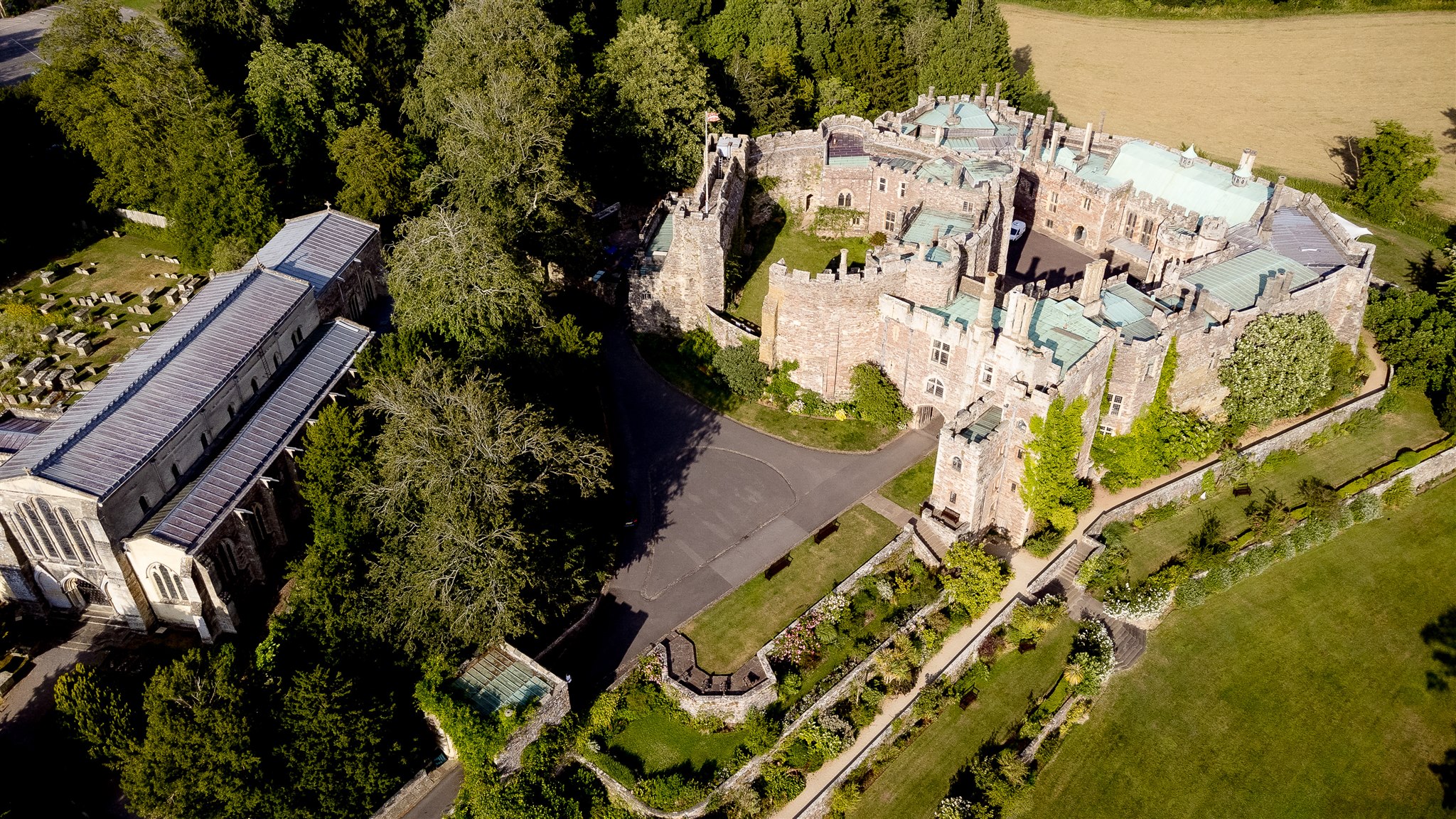The English Civil War marked a turbulent period in the history of Berkeley Castle. Standing in a strategic position between Bristol and Gloucester, the castle changed hands between the Parliamentarian and Royalist forces several times and narrowly avoided complete destruction.
On 22nd August 1642, King Charles I raised his standard at Nottingham to signal the official beginning of the English Civil War. The English Civil War (1642 – 1651) was fought between Parliament and the King, who clashed over the government of the kingdom.
Popular support within Gloucestershire was for Parliament with King Charles I conceding that ‘no other county had been so rebellious’. [1] Berkeley Castle became a strategic stronghold between Bristol and Gloucester and once war was declared, Lord Berkeley’s steward, John Smyth, rushed to defend his master’s possessions. An agreement was made with men living in the surrounding countryside that ‘upon ringinge the castle bell, the cuntry have promised with all speede to com in for theyr rescue and defence’. [2]
By the end of 1642, Parliamentarian soldiers were occupying the Berkeley Castle but in February, following a disastrous defeat at nearby Cirencester, they evacuated, leaving the castle in the hands of a small boy. A week later, a new Parliamentarian garrison was sent to Berkeley Castle, commanded by Lieutenant-Colonel Forbes. Lord Berkeley would later bitterly complain that Forbes had sent his best furniture up to Scotland, imprisoned his servants and cut down his woods. Forbes abandoned Berkeley Castle in August 1643 after the King captured Bristol and advanced towards Gloucester.
The castle now became a Royalist fortress. The surrounding villages were ordered by the king to contribute towards the upkeep of the soldiers, making the garrison very unpopular. It was reported that it was not safe to send soldiers out for supplies as villagers, protecting their property, would ‘knock them down’ and had attacked a cavalry troop, killing six men. [3] The castle was also used to imprison Parliamentarian soldiers who were treated appallingly. They were given bread and cheese to eat but ‘not one drop of drink’ unless they paid for it, and the prisoners had no money. [4]
In March 1645 Sir Charles Lucas was made Governor of Berkeley Castle. Lucas was a seasoned Royalist commander who had fought many battles against the Parliamentarians, including Edgehill and Marston Moor. He was known amongst Royalist and Parliamentarian troops as ‘a souldier of reputation and valour’. [5] Lucas was in command of Berkeley Castle when it was attacked by Parliamentarian troops in September 1645.
Following their victory at the battle of Naseby in June 1645, the Parliamentarian army marched into the West of England and in September 1645 successfully besieged the city of Bristol. Berkeley Castle was now the only stronghold held for the king between Bristol and Gloucester. A Parliamentary brigade, led by Colonel Thomas Rainsborough, was sent to lay siege to the castle. On arrival at Berkeley, Rainsborough commanded the garrison to surrender. The castle was well defended by a garrison of over five hundred men. It is said that Sir Charles Lucas defiantly exclaimed that ‘he would eat horse-flesh before he would yield, and mans flesh when that was done.’ [6]
In response, the Parliamentarian brigade stormed the castle, establishing a mortar battery in a nearby field and scaling the castle’s outer walls with ladders. St Mary’s church in Berkeley formed part of the castle’s defenses and was defended by the Royalist garrison. Loopholes were made in the west doors for muskets. The north door of the church was blasted open by the Parliamentarian troops killing forty of the defending garrison; ninety were taken prisoner.
When the Parliamentarian troops prepared to mount their artillery on the outer defenses of the castle, Sir Charles Lucas had no choice but to surrender Berkeley Castle on 26th September 1645 after a nine-day siege. The terms of surrender allowed the garrison to march out of the castle. Sir Charles Lucas left with three horses and weapons, Field Officers took two horses each with them and Foot Captains could take their swords. Eleven cannons and provisions for six months were left at the castle for the Parliamentarian troops to claim. Sir Charles Lucas continued to fight for the Royalist cause after the surrender at Berkeley Castle. He was later executed by firing squad after the surrender of Colchester in 1648 and was considered a Royalist martyr of the civil war.
The castle’s owner, George, 8th Baron Berkeley, had remained in London during the English Civil War. He never openly declared for either the Royalists or the Parliamentarians. His steward, John Smyth, claimed he was a supporter of the King, but he sat regularly in Parliament during the war. Berkeley used his neutral stance to petition for the survival of Berkeley Castle, as its future now hung in the balance.
After the siege of Berkeley Castle, Baron Berkeley appealed to Parliament that the castle should not be demolished and instead used again as a Parliamentarian garrison. He argued that the castle had already sustained £3,000 worth of damage, over £70,000 in today’s money. Parliament initially agreed, but in 1646 the Parliamentarians began their campaign of ‘slighting’ or destroying castles to ensure they could not be used against them by the Royalists. John Smyth and Baron Berkeley used their influence to ensure this did not happen to Berkeley Castle.
However, the castle did not escape completely. Colonel Morgan, the Governor of Gloucester, ordered that the castle’s outer wall defenses and a section of the 12th century keep should be demolished. The castle’s gates, bells, lead and drawbridge were taken away and sold. Hundreds of ancient charters were destroyed for their silk strings and around 700 items of Baron Berkeley’s possessions were removed for auction. [7]
The English Civil War changed Berkeley Castle forever. There is now no trace of the outer wall defenses other than the gatehouse, and the breach in the keep wall can still be seen today. However, the fortress survived this violent period of history thanks to George, 8th Baron Berkeley, and his faithful steward, John Smyth. It remained the Berkeley family’s country seat and is still owned by the same family today.
- Warmington, A Civil War, Interregnum and Restoration in Gloucestershire, 1640-1672 (The Boydell Press, 1997) p. 37
- Berkeley Castle Muniments
- Wroughton, J. An Unhappy Civil War: The Experiences of Ordinary People in Gloucestershire, Somerset and Wiltshire (The Lansdown Press, 1999) p. 140
- Wroughton, J. An Unhappy Civil War: The Experiences of Ordinary People in Gloucestershire, Somerset and Wiltshire (The Lansdown Press, 1999) p. 54
- Sprigg, J. Anglia Rediviva: Englands Recovery (1647)
- Sprigg, J. Anglia Rediviva: Englands Recovery (1647)
- Warmington, A Civil War, Interregnum and Restoration in Gloucestershire, 1640-1672 (The Boydell Press, 1997) p. 79
Written on
Monday 11th September 2023
Category

 Monday 11th September 2023
Monday 11th September 2023 by Sarah Wordsworth
by Sarah Wordsworth 



